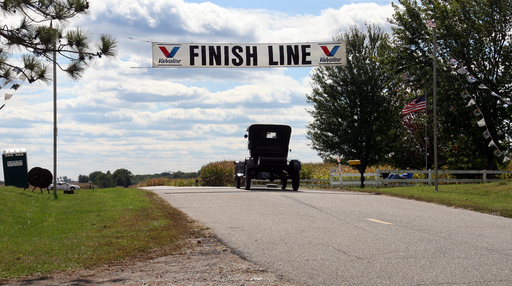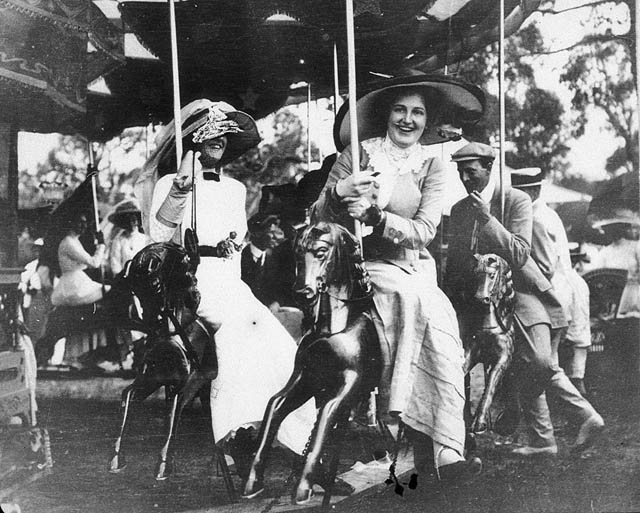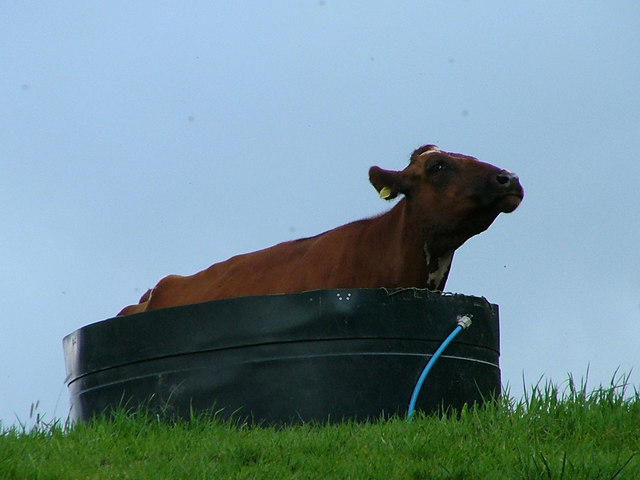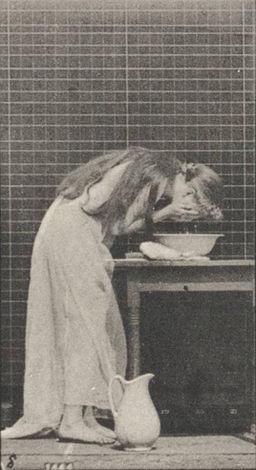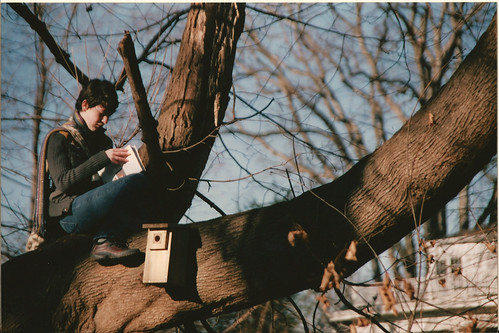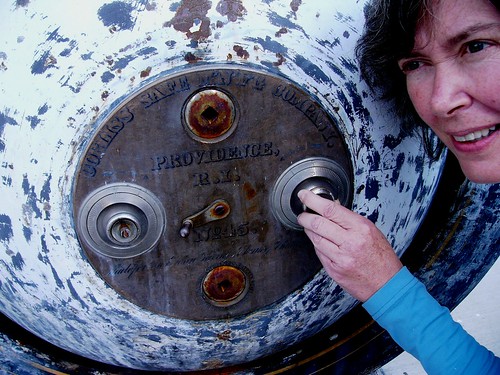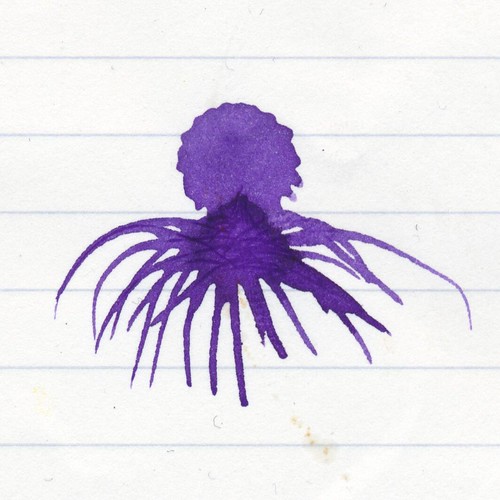No, this is not a post about playgrounds, although while I was on holiday I did pay a brief visit to the largest playground in the Southern Hemisphere. (Well worth a visit. I especially enjoyed the Archimedes’ Screws, reminding me as they did of piston-filling fountain pens.)
Rather, I thought I would start my fourth blogging year (can you believe it?) with some exciting news on the Simplicity Front. Remember the epic quilt of craziness I slogged away at in my Year of Finishing Things? I finished it.
Yes, ladies and gentlemen, I am now an official card-carrying member of that mysterious cadre, People Who Finish Things. (All right, there isn’t a card. But there should be. Maybe I’ll make one. I’ll even finish it…)
Not only did I finish the Giant Quilt of Craziness, ladies and gentlemen, boys and girls, I also delivered it to the intended recipient and it is no longer in my house. I do still have the scraps, but I am intending to make a hussif with them as a permanent reminder to myself never to begin such an enormous and ambitious project again.
So far so good. The house is less one large sewing project, which is a good step in the direction of simplicity. But… what you lose on the swings you make up on the roundabouts.
There’s the Box. The ancestral box which came down to me from my grandmother via my mother (the latter, I am happy to say, is not deceased, but rather, well ahead of the pack when it comes to pruning).
The box started out as three bags full (which should give you some idea of what was in it, if this didn’t). Actually, four bags full – there was a small one hiding behind one of the big ones. What it worked out to, once I had cunningly smuggled it home in my luggage (and the Caped Gooseberry’s luggage, obviously) was a 60L clear plastic storage container full to lid-not-fitting with yarn. “A good measure, pressed down, shaken together and running over.” Instant stash (although not SABLE, unless I pop my clogs well before my odometer ticks over to three-score and ten).
Not all of it is actually wool: some of it is 100% acrylic (I am shocked, Gran, shocked) and some of it was made up of worn out slippers and odd sleeves, button bands etc. Some of it was a Gordian Knot of odds and ends partially wound into little balls and partially wound into each other. This was gradually unwound over the course of three days with the help of The Occasional Visitor. (Alexander may have had a swift solution to his knotty problem, but I’d like to see him try to knit with it afterward.)
Deceased slippers and assorted body-parts aside, I am welcoming this boxful into my home. Why? Because the point of simplicity isn’t to have as little as possible of anything. The point of simplicity is to have just enough of the right things – that’s lagom – and for me the right things include knitting wool. It makes me happy, and I make it into useful things for keeping people warm and well-dressed.
But fear not! I have by no means given up on pruning, or on Finishing Things (details to follow). In the meantime, I have large quantities of mystery yarn to test for fibre content. By which I mean setting bits of it on fire. So much happiness, from just one box…

